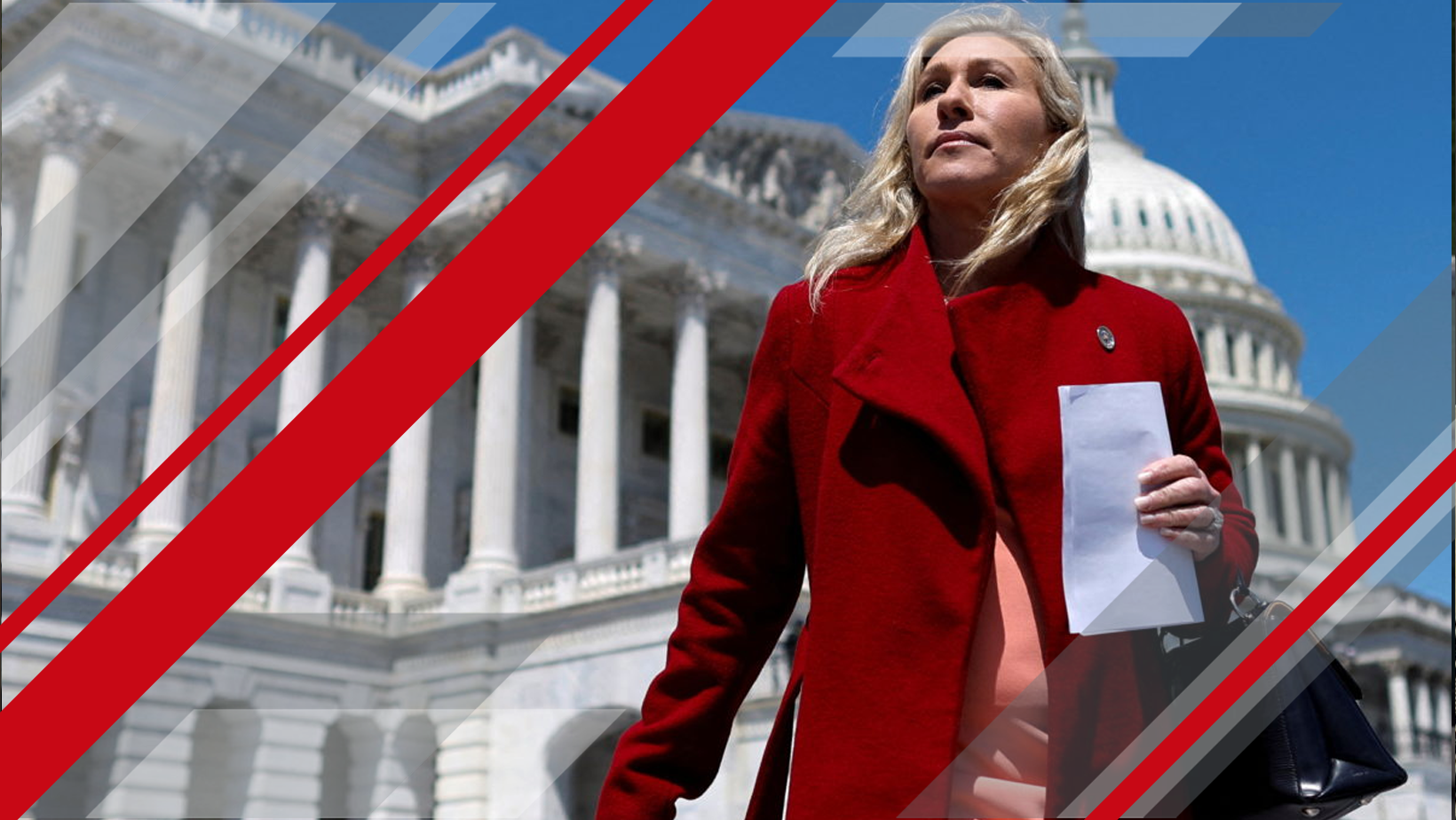Rep. Greene Challenges GOP on ACA Subsidy Expiration and Insurance Premium Surge
When a Republican Worries About Premium Spikes: Greene’s Break with Her Party
In a moment that would raise eyebrows in Washington, Republican Representative Marjorie Taylor Greene of Georgia has broken with her own party to warn of a looming “premium shock” if the enhanced Affordable Care Act (ACA) subsidies expire at the end of 2024.
She makes it personal: her family, her children, and her constituents would feel the financial burden. But beyond the rhetoric, her stance reveals deeper fractures inside the GOP over the politics and economics of health coverage. And for insurers, the stakes are real.
Why the Subsidies Matter—and What “Expiration” Could Mean
The enhanced subsidies under the ACA were introduced during the COVID-19 era and extended by the Inflation Reduction Act. If they are allowed to lapse, many enrollees would see dramatic premium increases. According to the Kaiser Family Foundation, average net premium payments (after subsidy) could more than double in 2026 versus what people are paying now. (KFF)
To illustrate:
-
A person earning $28,000 per year today might pay about 1.2 % of income (≈ $325) for a benchmark plan; without the enhanced subsidy, that same person could face paying 5.6 % of income (≈ $1,562)—a jump of more than $1,200 annually. (KFF)
-
Insurers are already proposing median gross rate increases of 18 % in 2026, partially in anticipation of subsidy expiration. That increase combines with the subsidy cut to push net costs even higher. (KFF)
-
In 12 states, typical subsidized enrollees might see their premium payments double or more if subsidies expire. (KFF)
Put simply, those with incomes above 400 % of the federal poverty level would lose subsidy eligibility altogether and be exposed to full premium increases.
Greene’s Pivot: Politics Meets Reality
Though she has long criticized the ACA, Greene has made a rhetorical pivot here: “If the enhanced tax credits expire, premiums could double—and I can’t ask my constituents or my children to absorb that,” she stated in congressional remarks.
This is no small shift. Her concern highlights how the politics of health care are colliding with district-level realities. Some Republican members from swing or suburban districts have privately expressed alarm over voter backlash if premiums spike.
At the same time, Greene walks a fine line. She reiterated her objections to taxpayer-funded coverage for undocumented immigrants—a red line in many conservative circles—while arguing that the government needs a plan to address premium affordability.
Her stance illustrates a dilemma for her party: maintain a hardline approach to ACA repeal or acknowledge that some sort of subsidy extension is politically unavoidable.
“Premiums could double—and I can’t ask my constituents or my children to absorb that,”
—Rep. Marjorie Taylor Greene
Meanwhile, Democratic negotiators in the shutdown talks insist any deal to reopen the government must include subsidy extension. Rejecting that, Republican leadership contends health care shouldn’t be tied to temporary funding bills. The negotiation gridlock raises regulatory and market risk for insurers, especially given timing pressures. (AP News)
What Insurers and Stakeholders Should Watch
Here are some of the key variables insurers and policy players need to monitor closely:
-
Premium pricing assumptions: Rate filings now must factor in uncertainty around subsidy status. Overstretched assumptions could lead to loss of competitiveness or worse, adverse selection.
-
Enrollment shifts and risk pool changes: If net premiums jump, healthier individuals may forgo coverage, worsening the risk mix.
-
State responses and waivers: Some states—particularly those less supportive of ACA expansion—might seek waivers or alternative subsidy schemes.
-
Consumer backlash and political pressure: A public upset over rising premiums could affect legislative outcomes mid-year.
-
Regulatory changes: New rules on eligibility verification, enrollment windows, or marketplace operations may alter dynamics. For example, insurers already worry about tighter eligibility controls.
A Jolt for the Market—and a Case Study in Political Reality
Greene’s break with her party is more than a footnote in Republican infighting. It’s a signal that even staunch critics of the ACA are confronting the consequences of letting subsidies lapse. For the insurance industry, it offers a case study in how legislative uncertainty flows downstream: into pricing, risk pooling, regulatory compliance, and consumer behavior.
Whether Congress acts or not, one thing is clear: the next wave of premium decisions will need to internalize political risk like never before. And in today’s landscape, the boundary between policy and market is tighter than ever.



